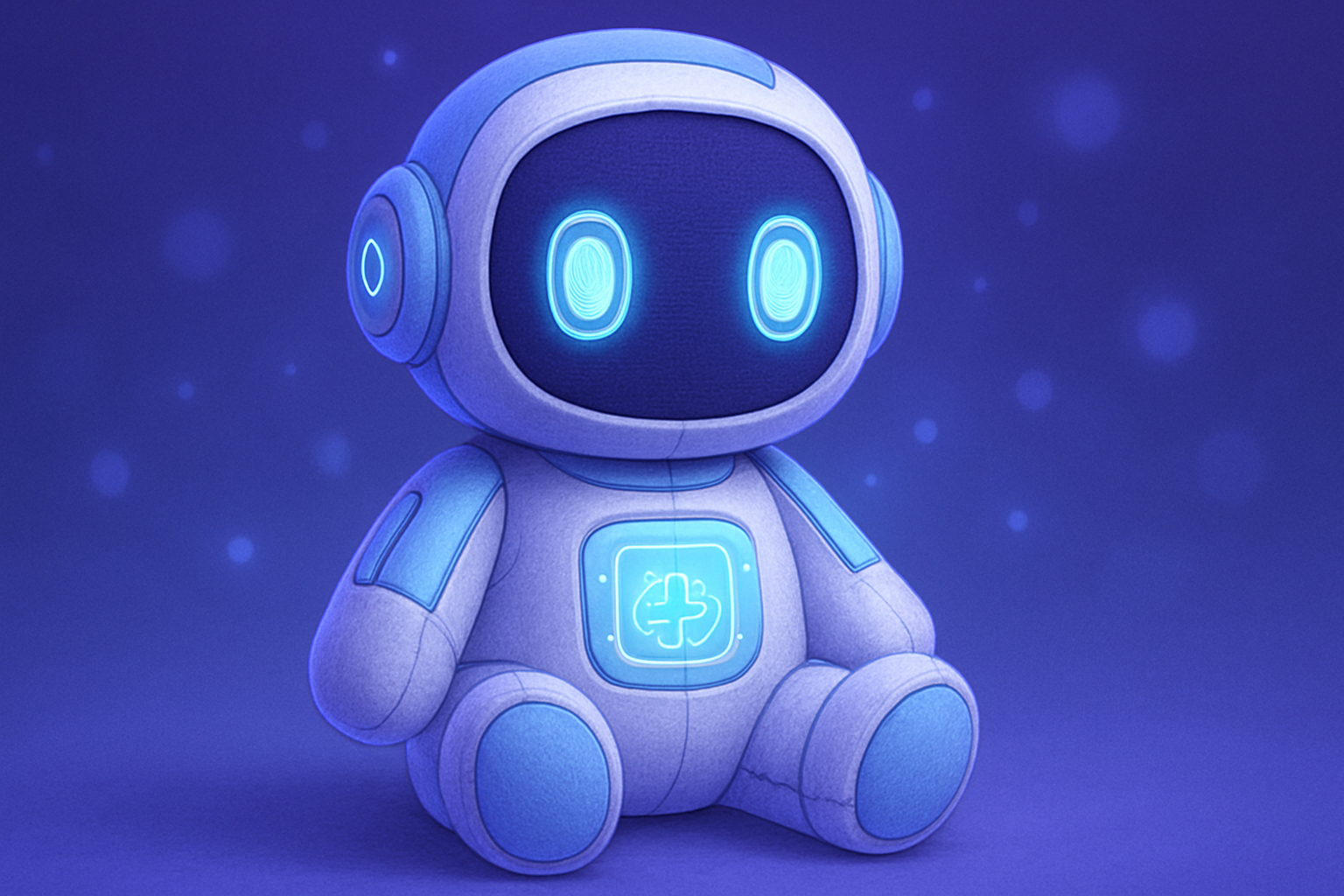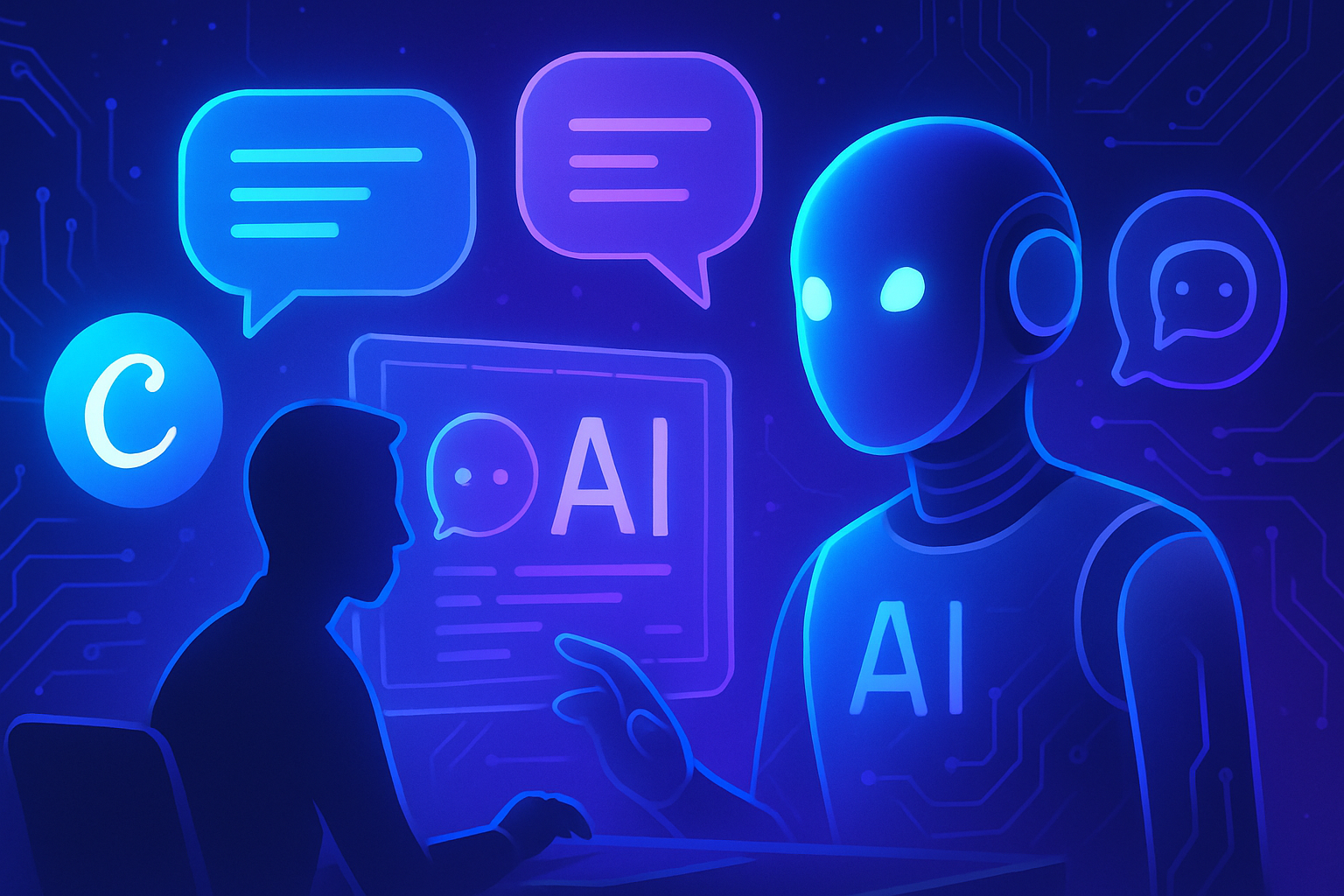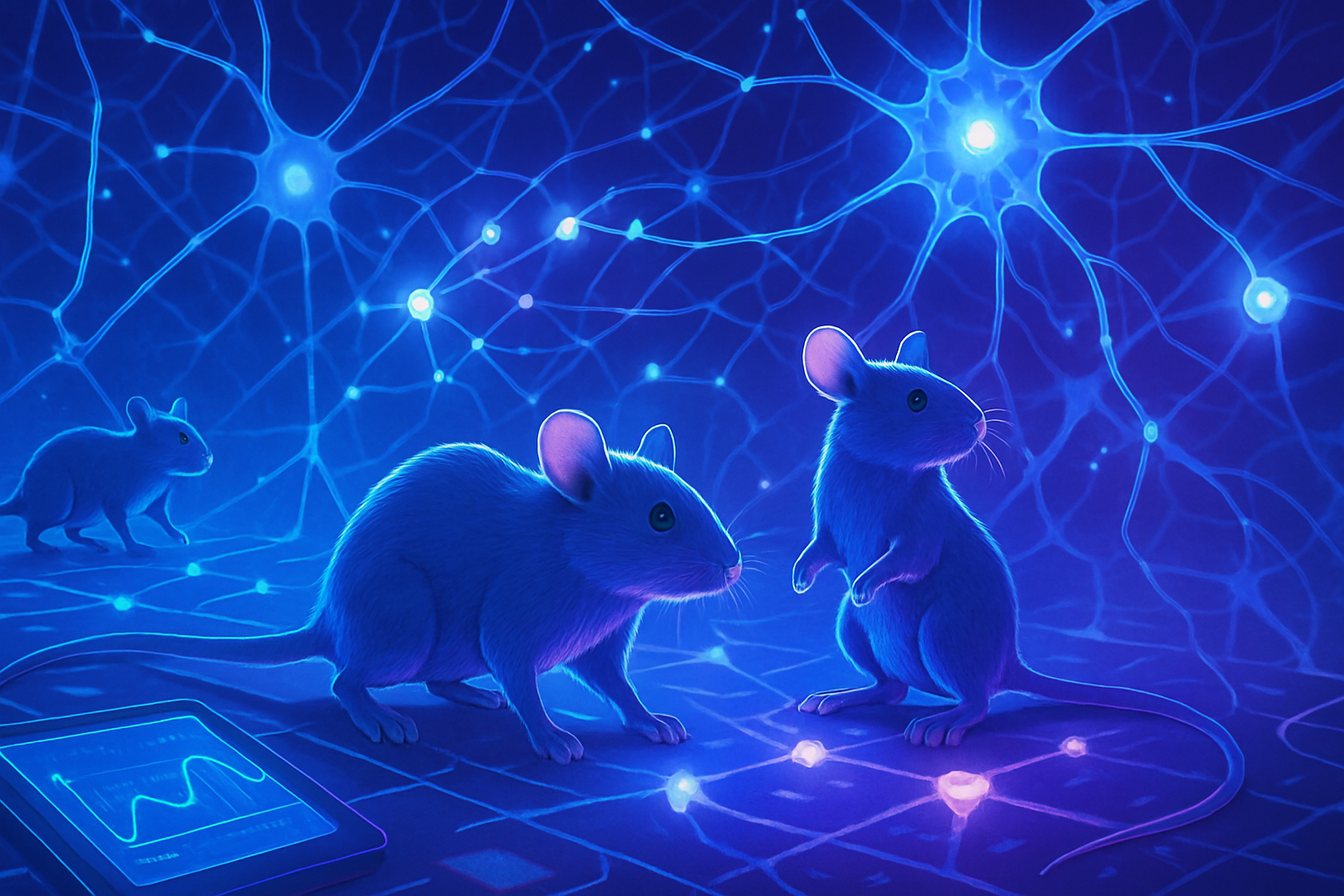The playful landscape of children is undergoing a radical transformation. AI digital companions are infiltrating their games, creating interactions that are often emotional. These interactive toys challenge parents regarding their impact on development. A mix of technology and entertainment gives rise to new family dynamics. The risk of emotional dependency on these virtual entities raises legitimate concerns. The era of smart stuffed animals is approaching, redefining childhood and human relationships.
An overview of the virtual companion trend
The world of toys is experiencing a remarkable evolution with the integration of artificial intelligence into children’s play. The emergence of digital companions redefines the interaction dynamics between children and their toys. A significant phenomenon is that of stuffed animals equipped with conversational abilities, combining aesthetics and advanced technology.
The new tech creations
Innovative start-ups, such as Curio, have begun to market interactive characters like Grem, Grok, and Gabbo. Aimed at children as young as three years old, these toys respond and ask questions. A connected vocal unit, integrated into the plush toy, allows the child to converse fluently. These devices, priced at approximately $99, represent an investment in the future of toys.
The major market players
Prestigious companies, such as Mattel, are trying to catch up by developing products that utilize advanced language models. In collaboration with OpenAI, Mattel is preparing a Barbie capable of conversing through ChatGPT. The importance of these advancements lies in the fact that they aim to entertain and educate while promoting emotional interactions.
A rationale to soothe parental fears
Manufacturers highlight arguments meant to reassure parents. Grem and Grok are seen as “less harmful” alternatives to screens. While children interact with these robots, they are less likely to spend too much time on traditional digital devices. This emerges as a major argument in the marketing of these new toys.
The emotional implications
Experts warn of the risks associated with these innovations. Although the idea of talking toys is not new, the concept of emotional companion opens up concerning perspectives. The modulations of traditional socialization could be affected. Instead of forming friendships with other children, young ones might develop dependency bonds with these digital companions.
Concerns from health professionals
Anne-Sophie Seret, CEO of Everyone.AI, draws attention to the potential risk of emotional dependency. The personalized interactions offered by these toys could lead to the formation of excessively strong bonds, impacting human relationships. Children who become attached to these robots may find it challenging to interact with their peers.
Advancements in AI technology
Other sectors of the tech industry are also embracing artificial intelligence in practical products. For instance, Volkswagen has integrated generative AI into its MyVW mobile app, while Opera unveils Neon, an agentic browser. These developments reflect the growing impact of artificial intelligence in daily life.
Incidents related to chatbot usage
Tragic incidents underscore the alarming consequences of interaction with chatbots. Recently, an American man lost his life in a scheduled meeting with his favorite virtual companion, illustrating the potential dangers posed by these new technologies. The relationship between humans and their digital companions must be approached with caution to avoid regrettable excesses.
Common FAQs about virtual companions for children
What is a virtual companion in the form of a stuffed animal?
A virtual companion in the form of a stuffed animal is an interactive toy, often plush, that uses artificial intelligence to converse with children. It is designed to establish emotional connections and provide playful interaction.
At what age can children use these virtual companions?
These companions are generally suitable for children aged 3 and up, as this is when they begin to develop their language and interaction skills.
How can a virtual companion help my child’s social development?
Virtual companions can encourage children to express their thoughts and emotions while helping them develop their communication skills. However, their use should not replace human interactions with peers.
Are there risks associated with using these AI toys?
Yes, some experts warn of the risk of emotional dependency, where children may prioritize interaction with their virtual companion over real contact with other children.
Can parents monitor conversations between their child and the virtual companion?
Yes, most of these toys offer a feature allowing parents to access the transcript of exchanges, thus facilitating the monitoring of interactions.
Can virtual companions replace traditional education?
No, these companions should not replace traditional education. They can be a fun addition, but it is essential for children to continue receiving teaching from adults and to interact with their peers.
How is my child’s data privacy protected?
AI toy manufacturers are required to comply with strict data protection regulations, but it is crucial for parents to inquire about the privacy policy of each product before purchase.
Are virtual companions educational?
Yes, many virtual companions are designed to be educational, offering games, quizzes, and conversations that can enrich a child’s knowledge while making learning fun.
What should I do if my child becomes too attached to their virtual companion?
It is advisable to encourage a balance between using the virtual companion and other activities, such as outdoor play and interactions with friends, to reduce excessive attachment.
What is the importance of Internet connectivity for these toys?
Virtual companions generally require an Internet connection to function, as they rely on online language models to converse and interact with children.






